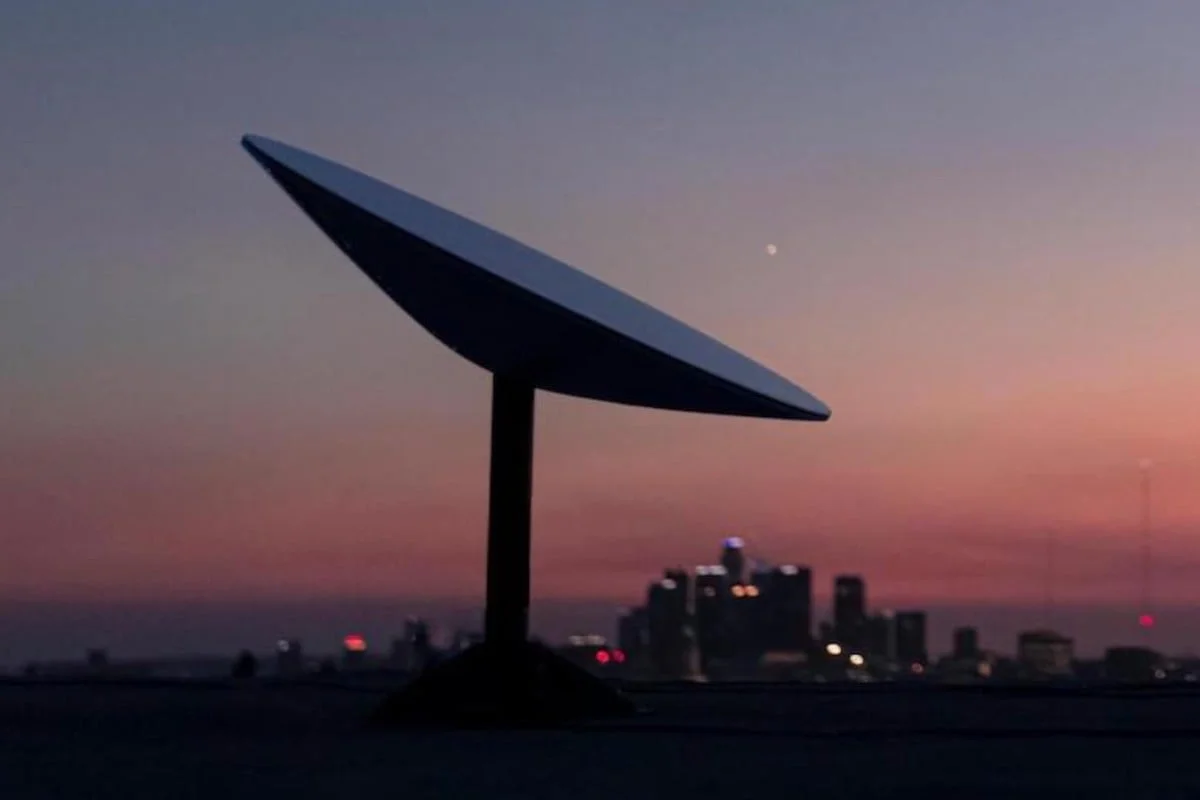
Starlink, a global satellite communications (satcom) services provider, has now activated its services in a total of 100 countries. The latest country to be added to its list is Sierra Leone. But the work is cut out for Starlink to reach other countries. One of the biggest challenges for a company like Starlink that wants to offer services in every country is meeting the regulatory compliances. This is because different countries do not have a uniform regulatory policy.
Consider India for example. In India, due to the policy being developed and the spectrum not being available, satcom companies haven't been able to start services yet. For Starlink, there have been way more challenges in India. Starlink has had to prove that its investors do not include India's neighbours.
Read More - Starlink Launches Services in Fiji
Elon Musk has also pointed out before that meeting the regulatory norms is the hardest challenge for rolling out services in different countries. But having reached 100 countries, Starlink can enable dark network zones in those countries to get high-speed internet. Starlink's strategy is to serve both retail as well as enterprise services.
But in many developed countries, the price of Starlink equipment and its plans have been seen as pretty expensive. Even in urban Indian cities, people would not be excited to pay for Starlink as its cost would be at least three to four times higher than high-quality fiber broadband services. Also, the presence of 5G FWA is slowly filling the coverage gap at a reasonable price for Indian customers.
Read More - Starlink Could Soon Get License to Serve in India: Report
The strong use cases for Starlink in India would be to bring connectivity in rural areas and remote regions where fiber can't be laid. Starlink is expected to get the license to offer services in India this year. It will be one of the largest markets for the company globally.















